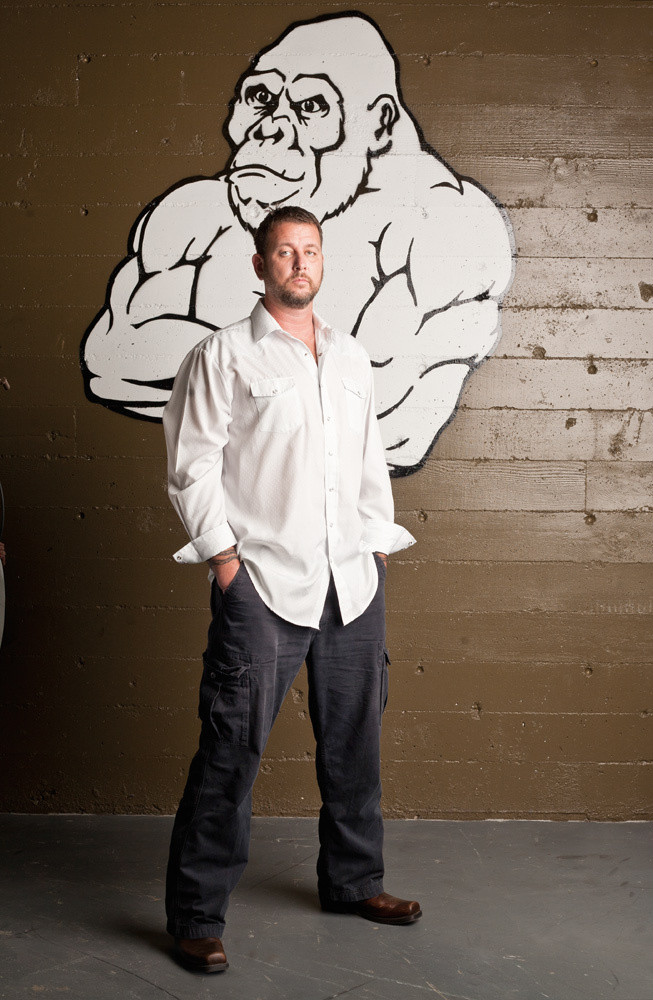Henry Akins and Matt Thornton Part II
There’s a fallacy that you need to constantly train with people who are better than you if you want to get better. That may be true for some people. However, those who can hyper focus on very miniscule elements of their game can train with anyone, even beginners. As Henry Akins explained to Matt Thornton in the video below, that’s what Rickson did with his students. He would create situations that made the training more difficult for him or that put him at such a disadvantage that even someone with virtually no experience had a chance of beating him. It could mean tying one hand or even both hands to his belt.
As Henry told Matt, Rickson was great because of his mindset more than athletic ability. He wanted to push his boundaries and was very good at breaking down movements and leverage and angles so well that he could dissect them very quickly. It made him virtually impossible to beat.
Disrupting the Attack
One of the many reasons why Rickson’s approach to jiu-jitsu has been so successful is because he was capable of disrupting any attack. As Henry explained, for any kind of offense to work, you need to move in steps. It may take three or four moves to get from start to finish. However, for a defense to work, you just need one move that successfully disrupts that progression.
If you can make one adjustment, you can kill the attack. In some cases, you can shut it down from the beginning or shut it down later. If you do it later, that means your opponent is going to get more exhausted.
Controlling Connections
In his later years, Rickson really began to focus on connection. By connection, he doesn’t simply mean touching your opponent. You are constantly in contact with your opponent, but a connection is the ability to transfer energy into your opponent. Conversely, you can kill a connection by changing the way your body is positioned to give your opponent less of an ability to manipulate you. It can be due to an angle or just the way your weight is distributed. Essentially, a connection is formed when two people touch and one or both fighters have the ability to then transfer energy to the other in a way that gives them an advantage.
Controlling the connections really means controlling the fight. If you can effectively kill the connection, you shut down your opponent’s advance. If you can effectively transfer your weight onto your opponent so that they have to exert more energy to maintain that connection, while tricking them into thinking that they are advancing on you, you will gradually make them more exhausted. If you can effectively transfer your strength at certain points to force your opponent into compromising positions, you can submit them. In all three of these examples, you are controlling the connection and ultimately controlling the dynamics of the fight.
Henry noted to Matt that there are also connections within your own body that allow for the transfer of energy from one part to another. As he explained, you want the major muscle groups to do the most work. “Anytime I can use my legs to do the work, I’m always going to because they say the legs are seven to ten times stronger than the arms,” Henry said. If you can transfer strength from your legs to your arms through a connection, you will be able to use those muscles and their explosive strength.

Learning to Relax
One of the last topics that Matt and Henry touch on is the need to relax. True, learning to relax while you’re learning jiu-jitsu is not easy, especially in a training environment where most of the people on the mat are going at 100%. To anyone who is new to jiu-jitsu the idea of relaxing around people who are fighting at that level of intensity seems stupid.
However, relaxing is not just about taking things easy. It’s about learning how to be more fluid in your movements and to use less energy without sacrificing efficacy. A good analogy is to think of a musician who is playing a really difficult piece of classical music. Even in sections where there are a lot of notes to play, a good classical musician shouldn’t sound rushed or tense. Instead, they are so well rehearsed and so locked in that the performance sounds almost effortless.
At a high level, jiu-jitsu should look just as effortless. You should look like you’re barely doing anything at all and forcing your opponents to do all the work. Ideally, you should only have to make subtle adjustments and only use your weight to kill an opponent’s connection, to slow them down, or to make it more difficult for them to move. Like any martial art, jiu-jitsu is about learning to use the entire body as an efficient and effective weapon. Doing so with as much strategy and as little movement as possible will allow you to effectively defeat your opponents while reserving enough energy to fight the next battle.

